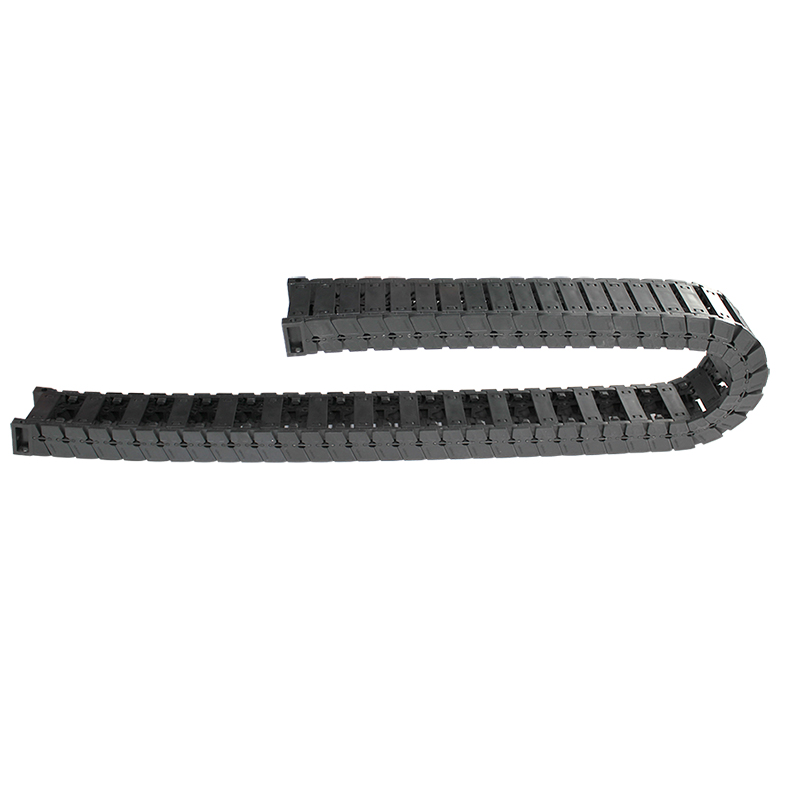Selecting the Right Drag Chain Size for Your Application Needs
Understanding Drag Chain Size Charts A Comprehensive Guide
Drag chains, also known as cable carriers or drag links, play a vital role in modern machinery, particularly in applications involving the movement of cables and hoses. As machines are pushed to their limits in terms of performance and speed, the need for effective cable management becomes paramount. The drag chain size chart serves as a crucial tool for engineers and technicians alike, allowing them to select the appropriate drag chain for their specific applications.
A drag chain is designed to protect and guide cables and hoses, preventing tangling or damage during operational movements. These chains are commonly used in CNC machines, robotic systems, and other automated equipment. Selecting the right size of drag chain is essential for ensuring that the cables or hoses fit securely and move freely without unnecessary strain, which could lead to premature wear or failure.
To comprehend how to utilize a drag chain size chart, it’s important to understand the key measurements and parameters involved
. The size chart typically includes information on the chain width, inner height, and the total number of links. These measurements help determine the maximum capacity and the type of cables or hoses that can be accommodated within the chain.drag chain size chart

When using a drag chain size chart, one must first assess the dimensions of the cables or hoses that need to be managed. This includes measuring the diameter and considering any additional bulk that comes from insulation or protective sheathing. Once you have these measurements, you can refer to the size chart to find a suitable drag chain that offers enough space while ensuring a snug fit.
Moreover, the drag chain size chart often includes load ratings, which are crucial for applications where the drag chain will be subjected to significant strain or weight. Each drag chain model has a defined load capacity, and one must ensure that the selected chain can support the total weight of the cables or hoses it will carry. Choosing a drag chain that is too small can lead to mechanical failure, while one that is too large can cause unnecessary movement and friction.
In addition to the physical dimensions and load ratings, the material and design of the drag chain are also important factors. Different materials offer varying degrees of flexibility, resistance to fatigue, and environmental protection. For instance, chains made from high-density polyethylene are lightweight and resistant to many chemicals, making them suitable for various industrial applications.
In conclusion, the drag chain size chart is an invaluable resource for anyone involved in the design, installation, or maintenance of machinery that utilizes cables and hoses. By understanding the measurements and parameters outlined in the chart, users can make informed decisions that enhance the efficiency and longevity of their equipment. Proper selection of the drag chain not only ensures optimal performance but also contributes to safety and reliability in operation. Therefore, taking the time to consult and comprehend the drag chain size chart is a step well worth taking in the engineering process.








